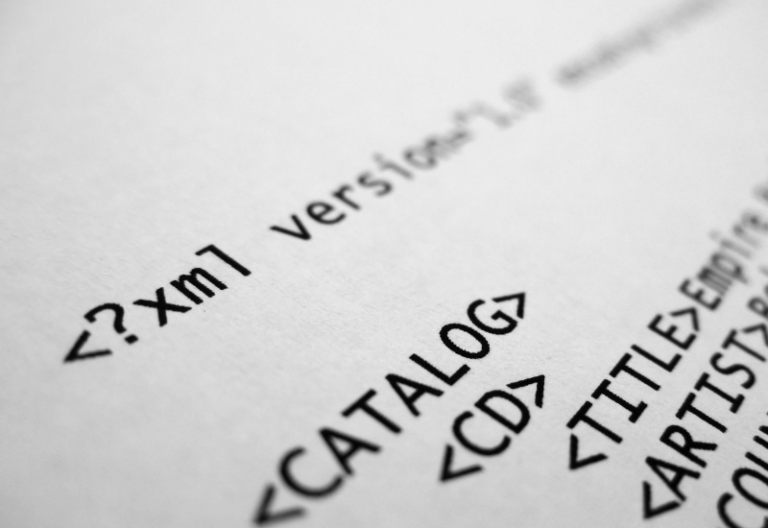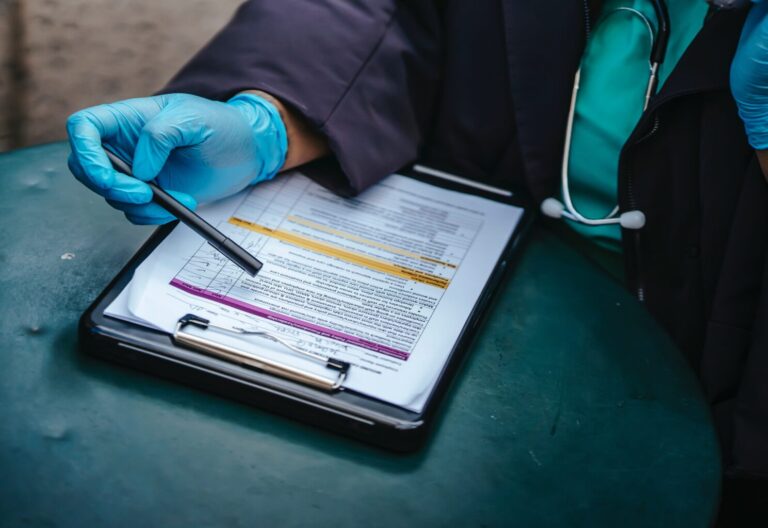Healthcare interoperability allows providers to provide better patient care through timely and accurate access to relevant health information. With the right approach, interoperability can benefit the healthcare sector in many ways.
Here’s a simple explanation of interoperability in healthcare systems, including its benefits, challenges in applying it, and how you can achieve it in your practice.
Table of Contents

What Is Interoperability in Healthcare?
Healthcare interoperability refers to the capability of different electronic systems, devices, and apps to communicate and use the data they receive from one another. The Office of the National Coordinator for Health Information Technology defines it as: “the ability of two or more systems to exchange data and use the information once it’s received.”
Thus, when software from different providers can readily exchange information with each other, they can be described as interoperable. There are numerous interoperability in healthcare examples you can observe in your local hospitals and clinics today:
- EHR to EHR interoperability – A patient who lives in New York but later travels to a hospital in California needs emergency care. Thanks to EHR interoperability, hospitals in California can access a patient’s medical history through compatible EHR systems.
- Medical devices and EHR interoperability – A diabetic patient uses a continuous glucose monitor (CGM) at home. The device sends real-time blood sugar readings to their provider’s EHR system.
- Health exchange networks – A patient undergoes lab tests at an independent laboratory but receives care at a different healthcare organization. The lab system shares results with the organization’s EHR through an HIE, a broad network that allows multiple providers to exchange data regardless of the EHR they use.
Interoperability makes it possible to access health data from various providers, including pharmacies, laboratories, clinics, hospitals, and palliative care institutions. Since interoperability involves the exchange of sensitive information, healthcare providers must comply with data standards to safeguard PHI (protected health information).

How Does Interoperability Work in Healthcare
The four levels of interoperability, as defined by the Healthcare Information and Management Systems Society (HIMSS), provide a clear framework for understanding how data interoperability in healthcare works:
Level 1: Foundational
This is the basic ability of two systems to connect and exchange data. Think of this as laying down a road between two cities so cars (data) can move between them. This level focuses on creating a secure “data highway” so information can travel from one place to another. A hospital’s EHR system can securely send a patient’s medical record to another hospital’s EHR–like sending an email, but at this level, there’s no guarantee that the receiving EHR can “read” or interpret the data yet.
Level 2: Structural
At this level, the focus is on ensuring that the format and structure of the data being exchanged are standardized so the receiving system knows where to place the information. Imagine both cities agreeing to use the same traffic rules, road signs, and lane markers to avoid confusion while driving. If a lab test sends blood test results, the receiving EHR system understands how to organize data into specific fields (e.g., “Hemoglobin 13.5 goes” into the lab test results section, not notes).
Level 3: Semantic
The systems interpret and use data correctly because they rely on common standards and coding systems. For example, if one city calls it a “highway” and another calls it a “motorway”, they both agree it means the same thing. In healthcare, if a patient’s allergy is coded as “Peanut allergy” in one system, the other system understands exactly what it means because they use the same coding standards.
Level 4: Organizational
This level ensures that policies, trust agreements, workflows, and legal frameworks are in place so data sharing happens securely, smoothly, and consistently between entities and people. Hospitals in different states can share data securely because they have agreements about data privacy, security (.e.g., HIPAA), and how the data will be used.

The Benefits of Interoperability in Healthcare
Interoperability enhances the quality of patient care and improves workflows in healthcare facilities. Here are some reasons why interoperability is important in healthcare:
1. Enables teams to work more efficiently
Interoperability removes common barriers to sharing and accessing critical healthcare information. It reduces duplication, manual tasks, and delays. When systems are interoperable, care teams can securely access a patient’s complete medical record and even remotely monitor a patient’s status. They can also avoid unnecessary repeat testing or procedures because they see what’s already been done. When an update is made to a medical record, clinicians can quickly view it and make informed decisions without delays.
2. Improves provider-patient engagement
Interoperability allows healthcare providers to communicate with patients better and improve their adherence to treatment. Most EHRs include a secure online patient portal where patients can check their medical history and review their medications. EHRs can also send automated reminders and intake forms so patients remember their appointments and avoid long waiting times.
3. Enhances population health management
Interoperability supports public health efforts, enabling healthcare systems to share aggregated and de-identified data for analysis. As a result, healthcare providers and policymakers can identify trends, manage outbreaks, and allocate more resources. This was evident during the COVID pandemic when poor interoperable systems hampered healthcare providers’ vaccination records, as TechTarget reports.
The Challenges of Achieving Interoperability in Healthcare
Challenges in healthcare interoperability abound, primarily connected to technology adoption and development. Researchers from JMIR Med Inform cite that 96% of acute care hospitals and 80% of primary care providers have implemented certified EHRs with interoperability capabilities. However, the use of data from the HIE remains low. Here are some of the specific challenges related to interoperability:
- poor user interface of interoperable software
- lack of leadership support
- lack of meaningful use incentives for rural and smaller hospitals and ambulatory practices
- an explosion of health IT apps and vendors that don’t allow for great interoperability
- interoperable apps are costly to maintain
- reliance on the regional HIE, which has limited coverage
How to improve interoperability in healthcare, you might ask? First, healthcare systems need to adopt standardized data formats and coding systems, such as FHIR (Fast Healthcare Interoperability Resources), which ensures that systems can “speak the same language.” Better collaboration between vendors, healthcare organizations, and policymakers is also crucial to enable smoother data exchange. Additionally, leadership should invest in interoperable EHR platforms and train staff to use them. Finally, healthcare providers should comply with privacy laws like HIPAA to build trust in a connected healthcare ecosystem.
Enhancing Compliance and Interoperability in Healthcare With iFax
Despite the current challenges, interoperability solutions in healthcare are crucial for any medical practice. It’s a huge pain to go through all the apps and vendors today, but a few names will stand out because of their cost, reliability, security, and usability. iFax is one of the best examples.
iFax lets you send and receive sensitive faxes directly from your preferred EHR or EMR software. You can use HIPAA-compliant fax and enjoy these benefits:
- Interoperability: Send and receive faxes from Epic, Elation Health, and Cerner. Use the developer-friendly iFax API to fax from any EHR.
- Mobile-ready: Fax using iOS and Android devices anytime and anywhere.
- Cost-efficiency: Get an affordable fax plan with all the necessary advanced features.
Experience the benefits of interoperable faxing with iFax. Schedule a free demo now.







